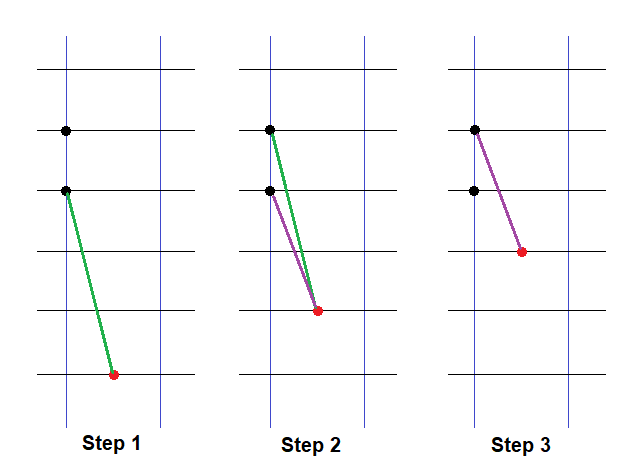Zombies are back again. Same as last time, You're at the origin, and zombies occupy the points $(100𝑖,100𝑗)$ for all integers $𝑖,𝑗$ except the origin, as shown below:
The ratio of your speed to that of a zombie is 100. You and the zombies move simultaneously and continuously. There's no restriction on how you move: you can take any straight or curvy path as you like. At any moment, each zombie only moves towards your current position (i.e. it's trajectory is a pursuit curve). You are caught if your distance to a zombie is less than 1.
Question: can you avoid capture forever?
Hint 1
The gap between any two zombies is decreasing with time, and the decrease is strict unless the pair and you are collinear. But the farther away the zombies are, the slower that gap decreases.
Hint 2
If there were only 2 zombies 100 away from each other, a straight line dash to the midpoint of the pair will result in capture if they are sufficiently far away from you. But you can always manage to slip through between them if you plan your route wisely.



